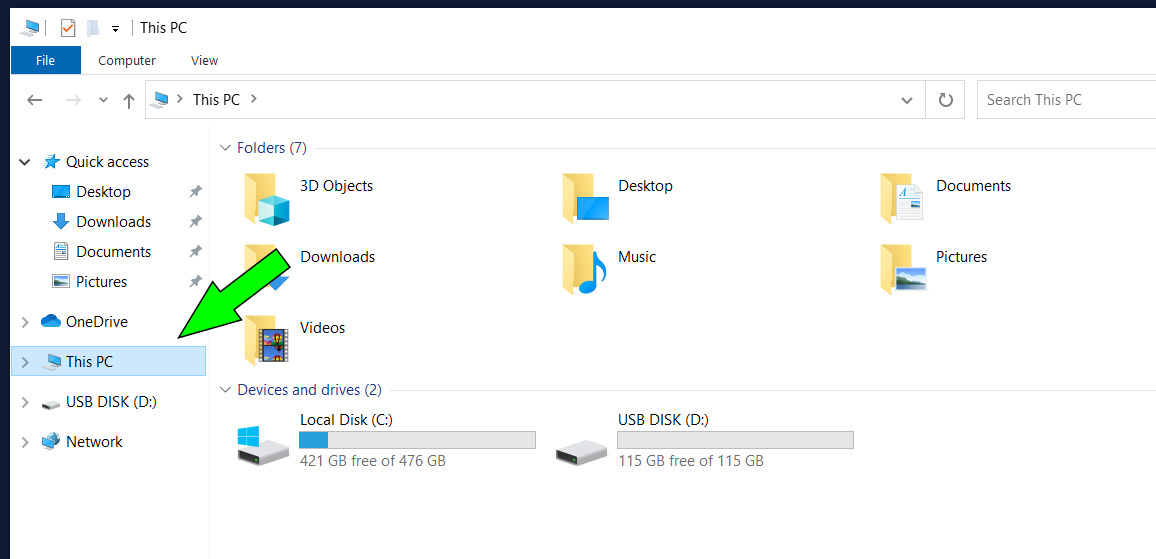


#Smbup newest version install
So I’m leaving that behind as an option as well.Ī better trick would be to actually install Samba 3.0, after all it’s freely available, and should run on a Mac. And it does.Īs with most of these type of applications, a lot of command-line work might be involved and for the average user I do not consider this a good option. This is exactly where SMBUp comes in play – it does it all for you. Keep in mind that at the time of this writing, SMBUp is mainly aimed at getting a SMB server going – i.e. share a folder on your Mac.Īfter unzipping, you’ll see an application called “ SMBUp“, drag it to your “ Applications” folder. Now go to the “Applications” folder and double click the “ SMBUp” application to start it.

The first message will state that Samba is not yet installed.Ĭlick “ Install Samba for me” and in the next windows “ OK, help me install the software” and “ Download & Install Package“.
#Smbup newest version password
Installation can take a little bit, strongly depending on your Internet speed.ĭuring installation your password will be asked so SMBUp can work with your system files. Once installation is completed, click “ Configure Shared Disks“. Now keep in mind, this is the short and quick version. SMBUp has tons of configuration settings and options.
#Smbup newest version tv
We will just focus on sharing a folder or drive on your Mac with other devices, for example my Amazon Fire TV with Kodi/XBMC can access media that resides on my MacBook Pro. If you completed step 2, you’ll be looking at a window like this one:Īnd this is where things became confusing for me – which can be totally my failure of course. I’m just super grateful that SMBUp exists!įirst thing I did was to click the padlock in the upper left corner to unlock it – you’ll have to enter your password here. Avoid lengthy names, special characters and spaces! Next thing I did, which is optional, was to enter a name in the “ Name” field that made sense to me. The next step is to add users – which is based on the users that already exist on your Mac. Since I’m assuming a simple share, I’ve used my own user account, but you could of course create an account specifically for this purpose.Ĭlick “ Manage Users” and select the user you’d like to add.Įnter the password and click “ Add user“, rinse and repeat if needed for other users – for a simple share you’ll only need one user, specially when “guest access” will be allowed. Now that we have at least one user, time to add the folder or drive we would like to share – this can be on the internal harddisk of your Mac or on an external drive.Ĭlick “ Add new Shared Drive” and select the drive or folder you’d like to share.Īfter selecting your drive or folder, you will see something like this: #Mac os x 10.0 setup password This is a very nice post and a fantastic tutorial for SMBUp. Would you mind if I linked it from SMBUP’s page? I had some instructions but I’d recommend yours over mine any time.

There’s a few common problems that people face. Most come from the fact the SMBUp tries to do some stuff that wasn’t designed to be automated in a front-end, especially for automations on OS X. Most of these are covered in the FAQ linked in the App page, but that tends to be missed.


 0 kommentar(er)
0 kommentar(er)
